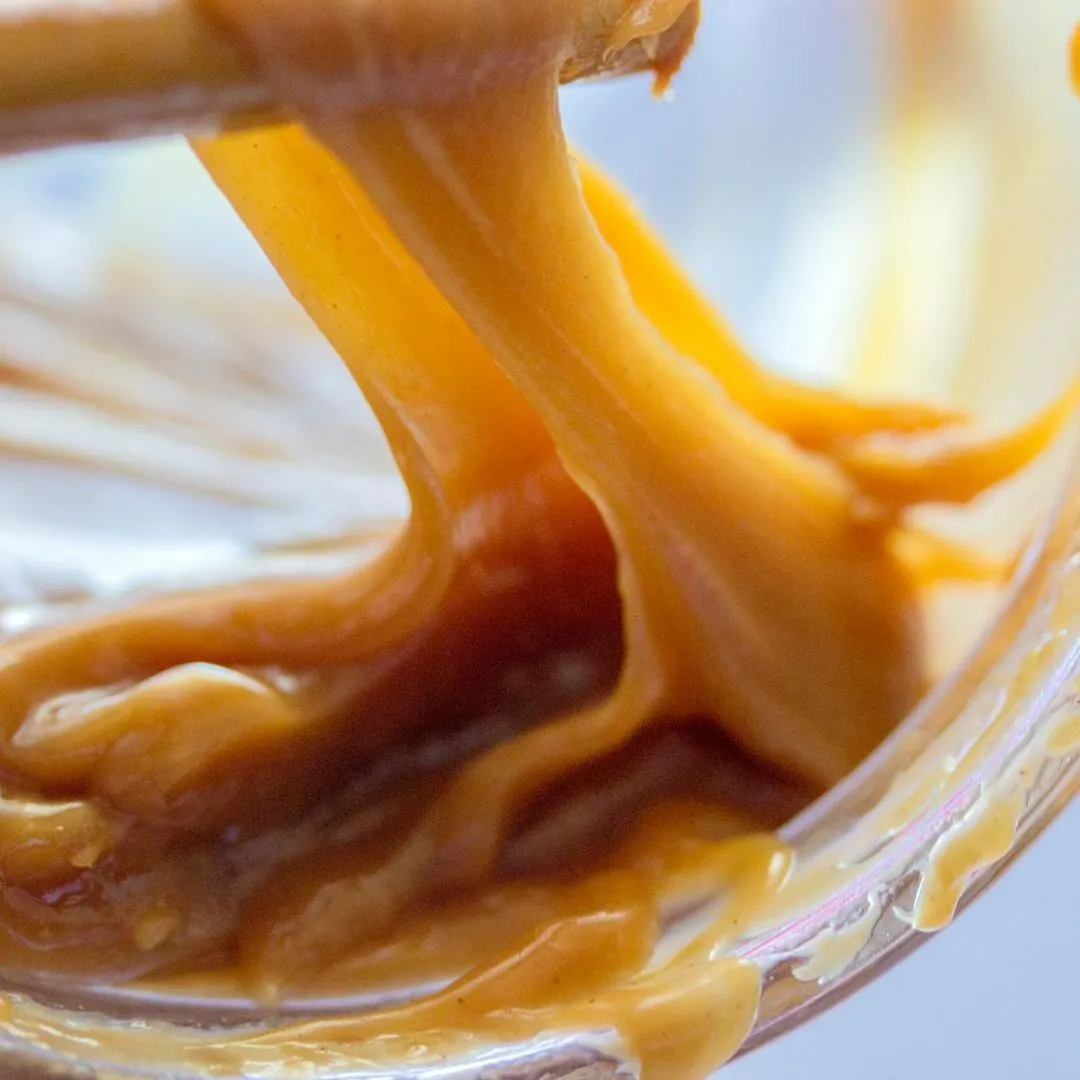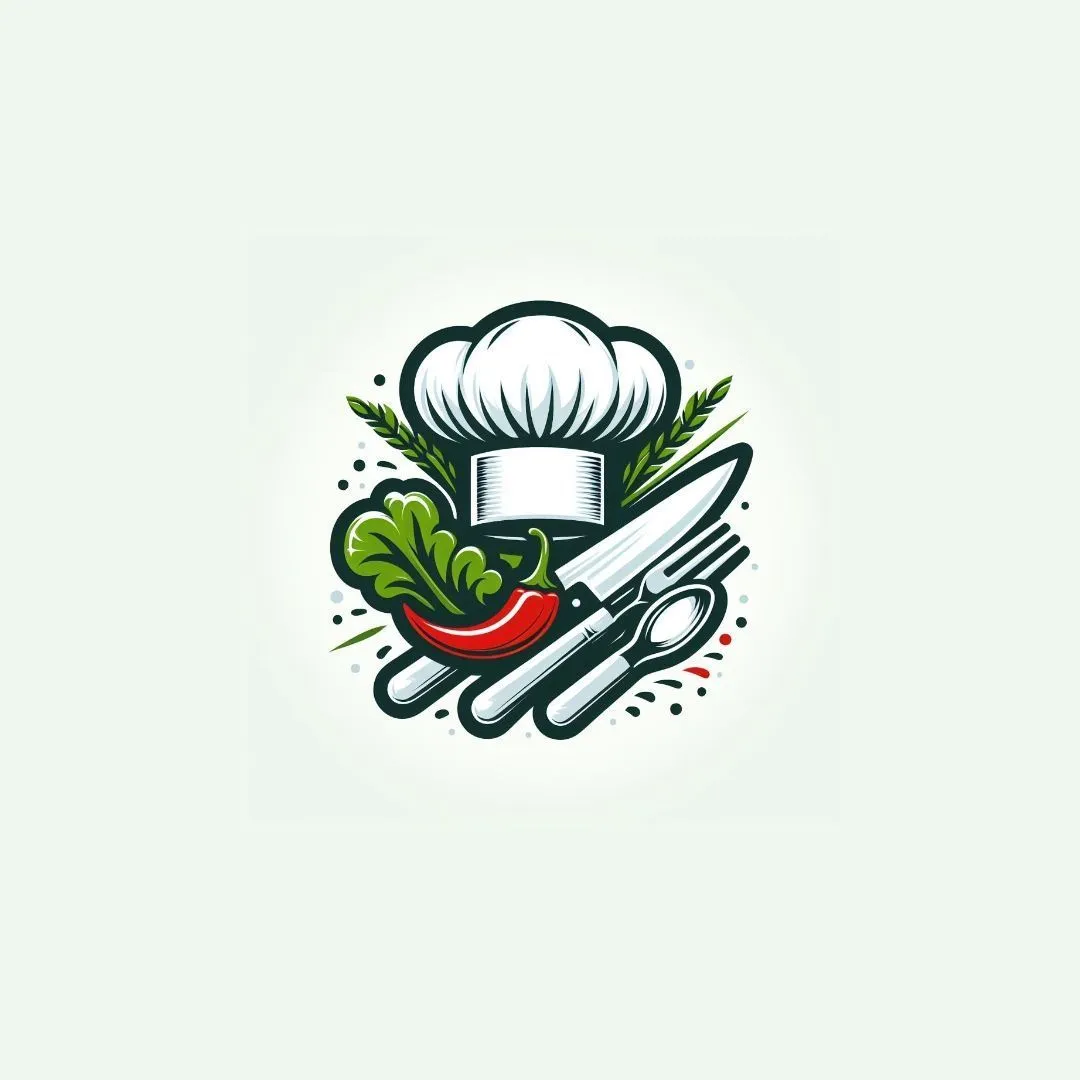Caramello


gourmet
Preparation time
 5 minuti
5 minutiDifficulty
 Media
MediaCooking time
 15 minuti
15 minutiServings
 8
8Il caramello fatto in casa è una preparazione semplice ma che richiede precisione per ottenere il risultato perfetto. Dal punto di vista scientifico, il caramello è il prodotto della decomposizione termica dello zucchero (saccarosio), che avviene tramite il processo di caramellizzazione, un cambiamento chimico che dà origine al colore ambrato e al sapore caratteristico del caramello.
Ingredients
- Granulated sugar200 g
- Water50 ml
- White wine vinegarto taste
Procedure
0. Pour the water into a heavy-bottomed saucepan and add the sugar. The water helps distribute the heat evenly and reduces the risk of burning the sugar at the beginning of the process.
1. Sucrose is a disaccharide composed of a glucose molecule and a fructose molecule. When heated, the sugar melts at about 160°C, and the caramelization process occurs at higher temperatures, between 170°C and 180°C.
2. Place the saucepan over medium-high heat without stirring. You can gently swirl the pan to ensure even heat distribution, but avoid using a spoon, as stirring can cause crystals to form.
3. As sugar melts, it begins to break down into glucose and fructose. As temperatures increase, caramelization occurs: the sugar molecules fragment and rearrange, producing compounds that give caramel its amber color and distinctive flavor.
4. The sugar will begin to boil and become transparent, then light yellow. Continue cooking until the caramel turns golden or dark amber. This process requires attention: the caramel can go from perfect to burnt in a matter of seconds.
5. During heating, polymers formed as byproducts of caramelization, such as diacetyl, give rise to the characteristic color and aroma. The darkening phase of caramel is due to the creation of volatile aromatic molecules.
6. When the caramel reaches the desired color, remove the pan from the heat. If you want a thinner or thinner caramel, you can carefully add a little hot water (10-20 ml), stirring quickly to avoid splashing.
7. Hot caramel can reach temperatures above 150°C, so be very careful. Rapidly cooling the caramel interrupts the caramelization process. Adding water lowers the temperature, stabilizing the product. Water also reduces the caramel's viscosity, making it easier to handle.
8. Use the caramel immediately to line molds or as a sauce. If left to cool completely, it will harden and become brittle. To use it later, you can gently reheat it in a double boiler or add a little water to soften it.
9. One of the most common problems when making caramel is sugar crystallization, which can turn the caramel into a grainy mixture. This happens when the sugar crystals don't fully dissolve and act as "nuclei" for the formation of new crystals.
10. To avoid this, you can add a few drops of lemon juice or vinegar at the beginning of cooking. The acid breaks down some of the chemical bonds in the sucrose, reducing the risk of crystallization.
11. Exceeding 180°C can lead to a burnt caramel with a bitter taste. To avoid this, use a cooking thermometer or pay close attention to the color.
12. Caramelization is a complex phenomenon involving the thermal decomposition of sucrose and monosaccharides (glucose and fructose). During heating, the sugar passes through various phases, from solid to liquid, until it undergoes a chemical alteration. This process involves:
13. Molecular fragmentation: Sugar molecules break down and recombine into more complex structures, generating a wide variety of flavor compounds.
14. Oxidation reactions: Some volatile aroma compounds such as acetaldehyde and diacetyl give caramel its buttery, sweet flavor.
15. With these steps and explanations, you can obtain a caramel that is perfect in both texture and flavor, while also understanding the science behind its preparation!
Did you enjoy this recipe? Show your appreciation by giving the author some Gourmet Coins!
Creation date Sep 25, 2024
Report recipe
Nutritional Values
Nutritional values per serving
*The nutritional values shown are calculated based on the ingredients provided by the user and represent an average estimate, without taking into account any variations due to cooking methods or other external factors. The information on ingredients is based on generally accepted data and may vary depending on the brand, product quality, and specific preparation conditions. Therefore, the maximum accuracy of the data provided cannot be guaranteed. For precise nutritional information, we recommend consulting a nutrition professional or using specific analysis tools.